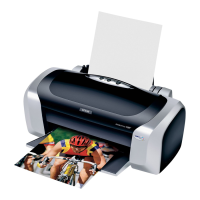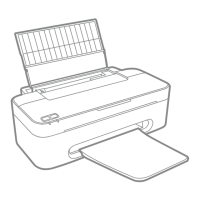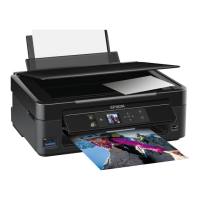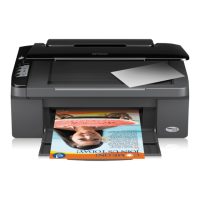Step 3: How to Choose the Best Paper and Ink for Your Work 13
Digital Photo Print Guide
Step 3: How to Choose the Best Paper and
Ink for Your Work
When you print a photo, you may want it to look like a painting or you may want a crisp, sharp photo,
depending on your personal taste. Also the final look of your work will depend significantly on the
quality of the media that you print it on, not only on the image data itself.
Here you can gain an understanding of the characteristics of the various media and inks before you print
it.
Overview of the Media
Media can be roughly divided into glossy and matte types.
Glossy media has a glossy feel, which is a good texture for photographs. This type includes Premium
Luster Photo Paper and Premium Glossy Photo Paper, based on the same resin coating used for silver
halide prints.
Matte media give a high-quality feel and are suitable for artistic representation. This type includes Velvet
Fine Art Paper and UltraSmooth Fine Art Paper, which use acid-free 100% cotton rag, offering velvet feel
and higher resistance against weathering (including lighting and ozone).
Note:
The supported media differs depending on the printer model.
Column:
❏ For a printer that supports Epson Ultra Chrome K3 Ink and Advanced B&W Photo mode, Velvet Fine Art Paper
is also recommended for printing black and white photos.
❏ Epson offers a range of media to suit every application and purpose. By selecting a paper according to the type
of photo and the look you want to achieve, you can use the texture of the various kinds of paper to add expression
to your image.
❏ Depending on the printer model, there are various types of paper available for you to use for applications such as
Photo, Fine Art, POP, Proofing, Sign, and Display.
❏ It is recommended to use software that supports soft proofing to view the variation in color and tone on the
different types of media. If you are unsure whether your software supports soft proofing, please contact the
software manufacturer.

